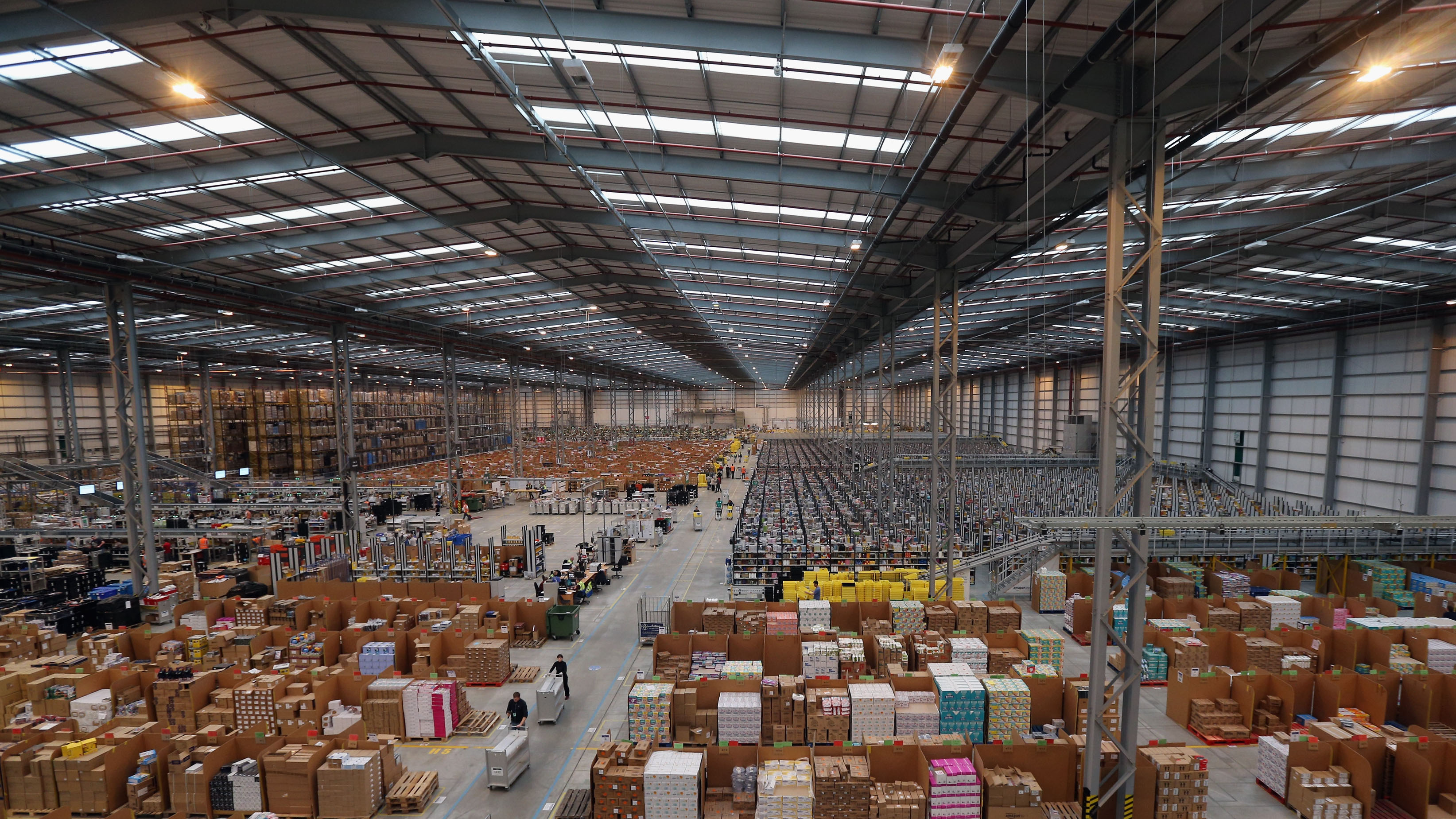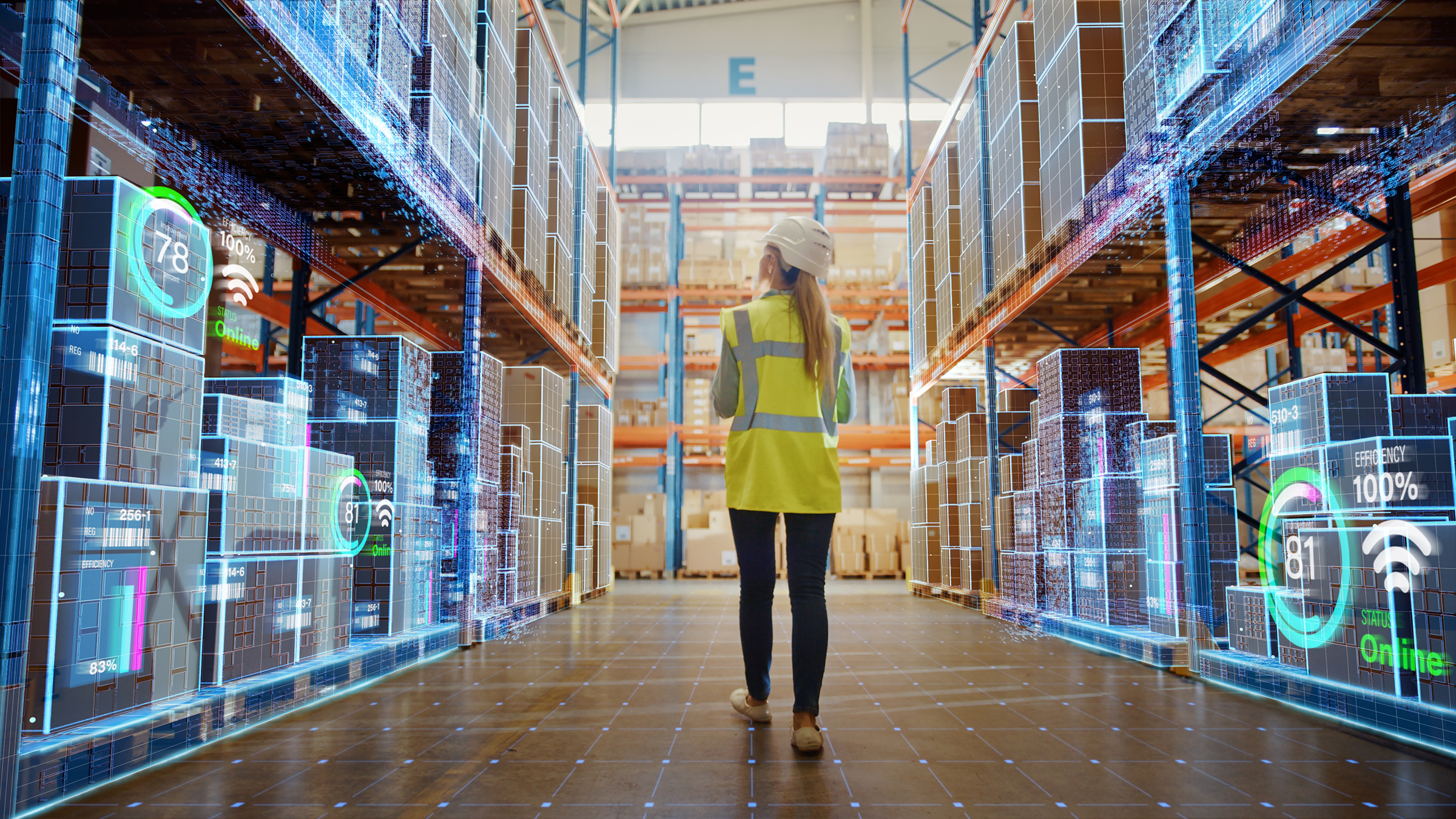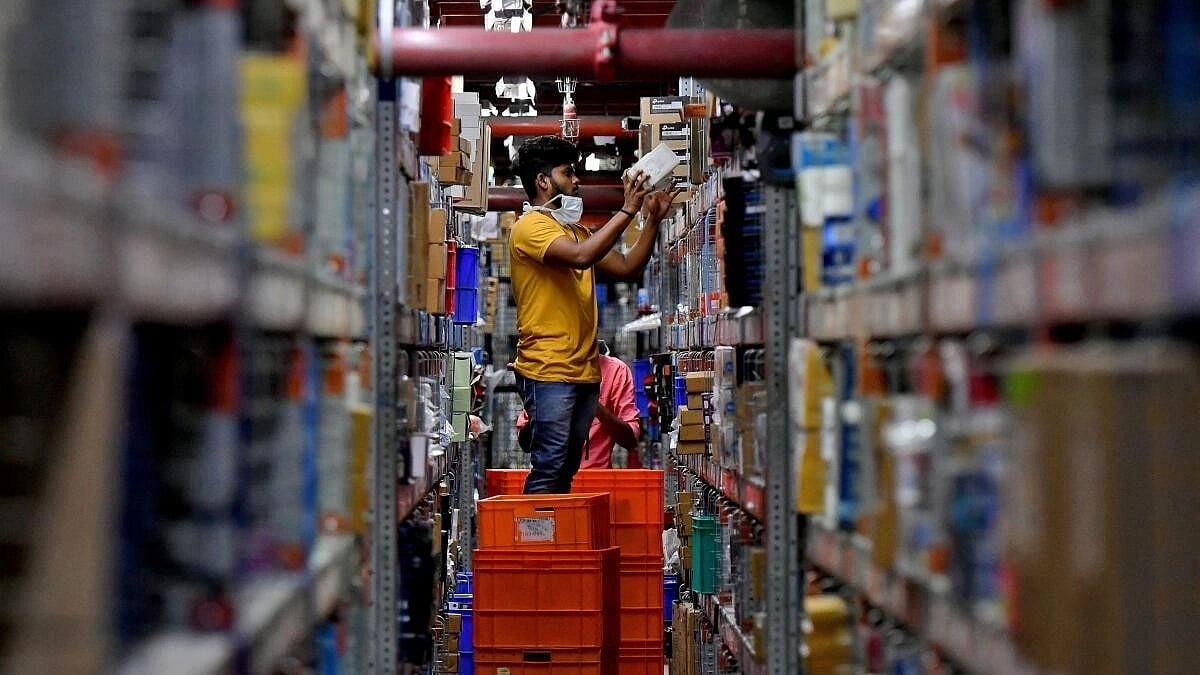CBRE Report: Retail’s Impact on Warehousing Demand 2023

CBRE Report: Retail’s Impact on Warehousing Demand 2023
The rapid growth and transformation of the retail sector have had a cascading effect on several ancillary industries. One of the most evident beneficiaries has been the warehousing segment.
A recent report by CBRE, a global commercial real estate services company, has highlighted this interplay. According to the findings, the retail sector has emerged as a significant contributor to the escalating demand for warehousing spaces. This article delves deep into this relationship and the dynamics driving it.

Over the past decade, the rise of e-commerce has been phenomenal. The CBRE report points out that with consumers shifting more towards online shopping, e-tailers are in constant need of storage spaces to cater to their growing inventories.
As a result, the demand for well-organized, tech-enabled, and strategically located warehousing facilities has spiked.
Modern retail isn’t restricted to e-commerce. Even brick-and-mortar stores have undergone a transformation. They now adopt an omnichannel approach, blending offline and online retail.
This has resulted in the requirement of centralized warehouses from where products can be dispatched both to physical stores and directly to consumers.

According to a survey by CBRE and Indospace, the combined warehousing demand for the e-commerce, FMCG, and retail sectors has accounted for roughly 27% of the entire demand in the 2019-H1-to-2023 timeframe.
On September 26, CBRE and Indospace, a real estate consulting firm, issued the research titled “The Three-mile Tale: Dissecting The New-age Retail Supply Chain Network” at a CII Realty conference in this city.
Notably, from 8% in 2019 to 13% in 2022, retail’s percentage of overall demand has grown. Despite reaching 9% in the first half of 2023, it is forecast to strengthen in the second half of that year, supported by expectations of higher holiday consumption.
Retailers are becoming more aware of the benefits and efficiency of investing in supply chain transformation as customer expectations change. Therefore, merchants will likely continue to have a high need for storage services in the future, particularly those with omnichannel fulfilling needs.
Anshuman Magazine, chairman and CEO of CBRE’s India, South East Asia, Middle East, and Africa region, stated that “India’s retail landscape is undergoing an unprecedented shift” as a result of an increase in merchants, store development, and significant rise in online shopping. An broad online shopping environment has been made possible by the merging of social media and e-commerce platforms, he continued.

The Indian retail market is projected to grow as consumer disposable income rises.
India’s per capita income is anticipated to increase from $2,278 in 2022 to $5,242 in 2031, which will support discretionary expenditure even more and increase the amount of money available for discretionary purchases across the board.
Consumer spending is anticipated to increase by 1.6x, 2x, and 2.3x between 2022 and 2030 across discretionary categories such apparel and footwear, leisure and cultural activities, restaurants, and hotels.
The CBRE report elucidates that warehousing demand isn’t just concentrated in primary urban centers. With the expansion of retail to tier-2 and tier-3 cities, there’s a parallel need for warehouses in these regions. This geographical decentralization ensures quicker delivery and efficient inventory management.
Today’s consumers demand speed and efficiency. The promise of same-day or next-day delivery has become a competitive differentiator. To meet this, retailers must have warehouses in proximity to their customer base, further driving up warehousing demand.

The integration of technology in warehousing, often termed as ‘Smart Warehousing’, has also played a part in attracting retailers. Warehouses today are equipped with the latest technologies like AI-driven management systems, robotics, and IoT. This not only enhances efficiency but also minimizes errors, an aspect critical for retail businesses.
Seasonal sales, festivals, and promotional events can lead to sudden spikes in retail demand. Modern warehousing solutions, as the CBRE report suggests, are designed to offer scalability. This flexibility ensures that retailers can manage their inventory efficiently during high-demand periods without making long-term commitments.
With urban areas getting denser, the cost of real estate has been on a consistent rise. For retailers, investing in large spaces in such regions is not economically viable. Instead, leasing or collaborating with dedicated warehousing providers offers a more cost-effective solution.
In today’s globalized world, products are sourced from various parts of the world. Retailers require robust warehousing solutions to act as hubs for these international products before they are dispatched to local markets.

The transformation in the retail landscape, spurred by technological advancements, evolving consumer behavior, and global supply chain dynamics, has positioned warehousing as a cornerstone of this industry’s growth.
As retail continues its upward trajectory, it’s evident that the warehousing sector will parallelly see substantial growth, making it an attractive avenue for investors and stakeholders.




